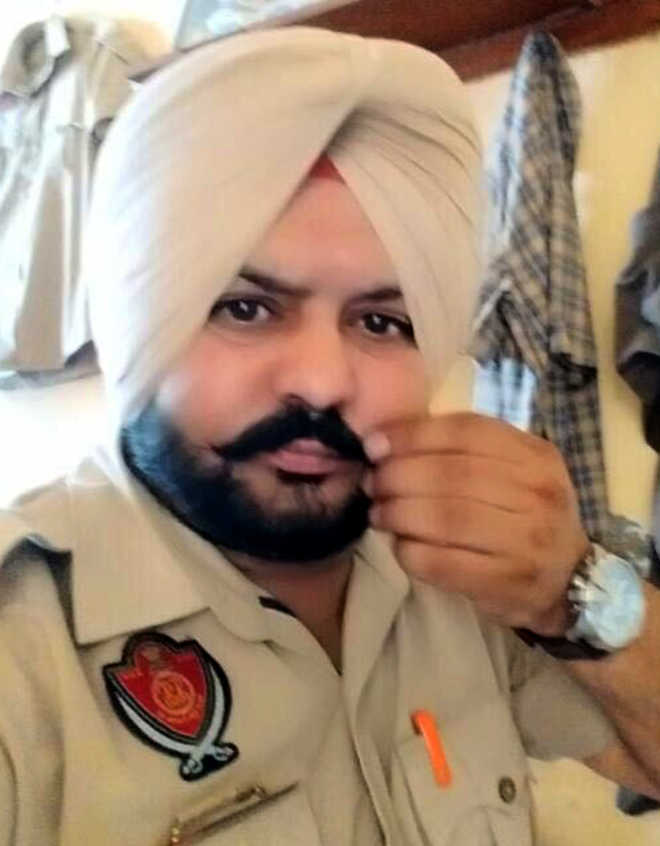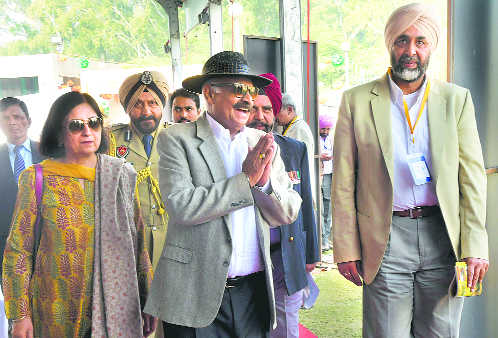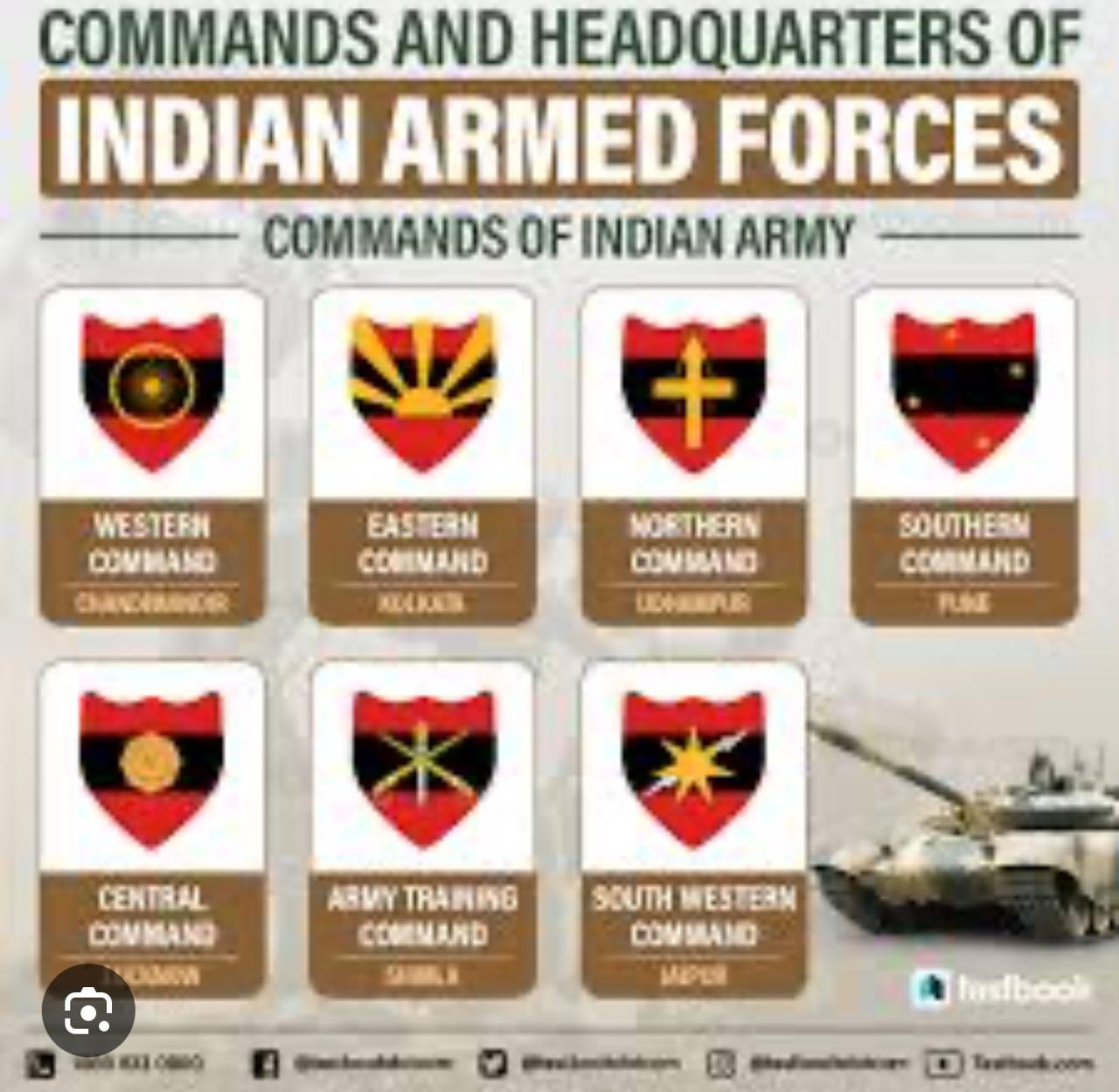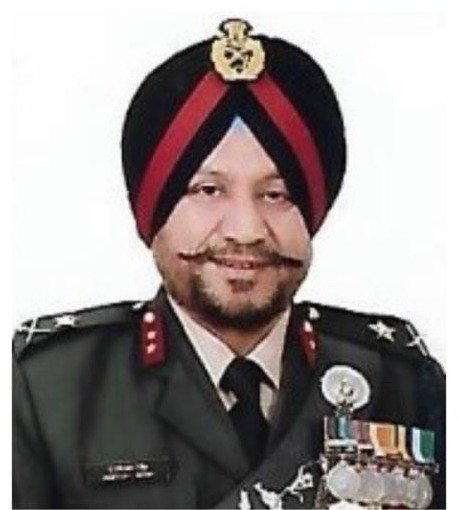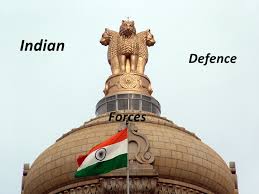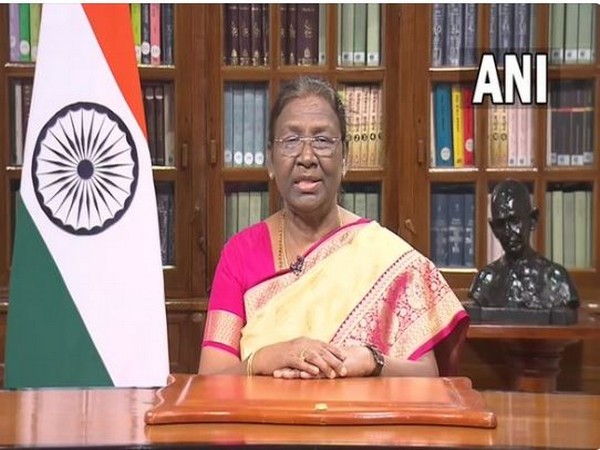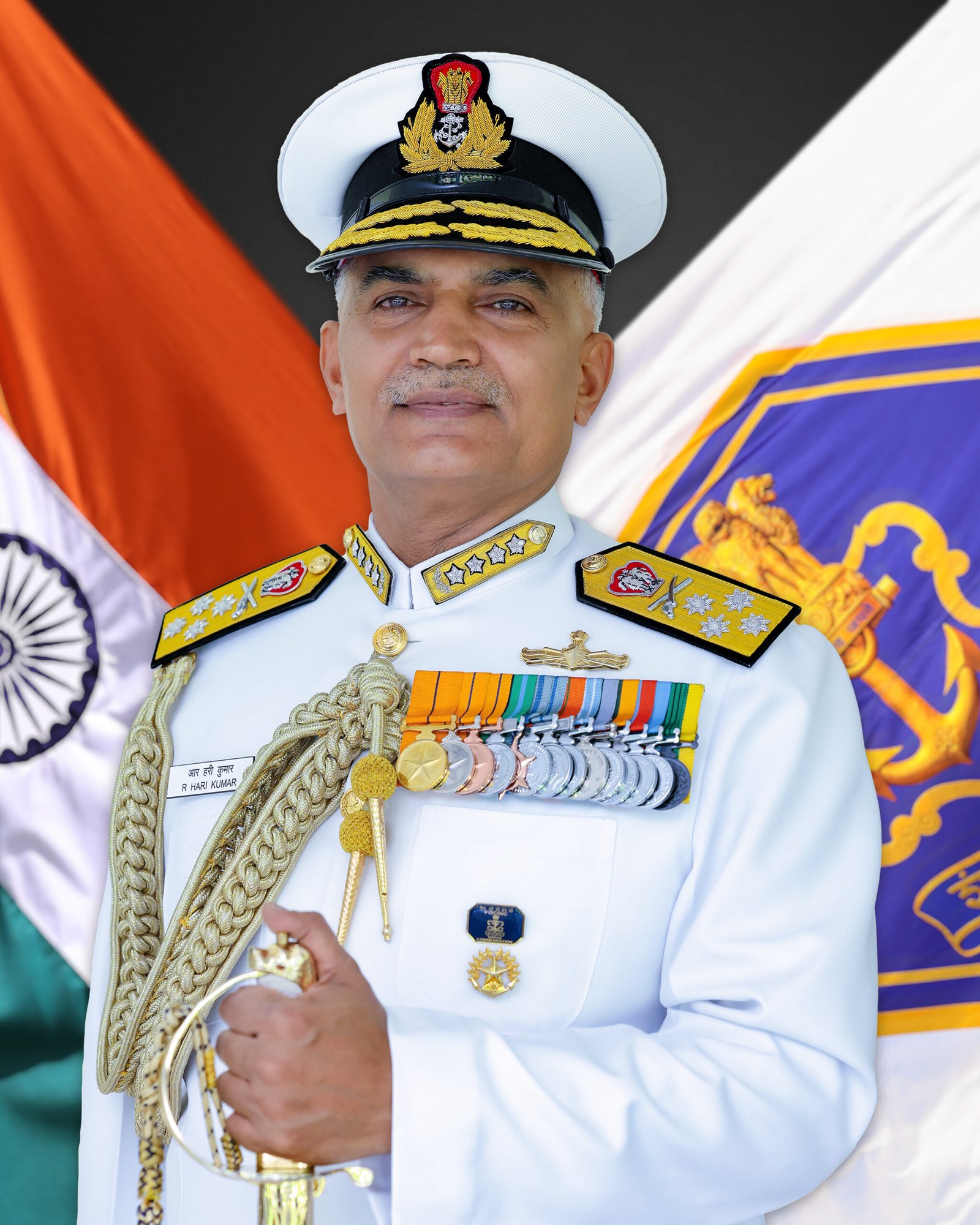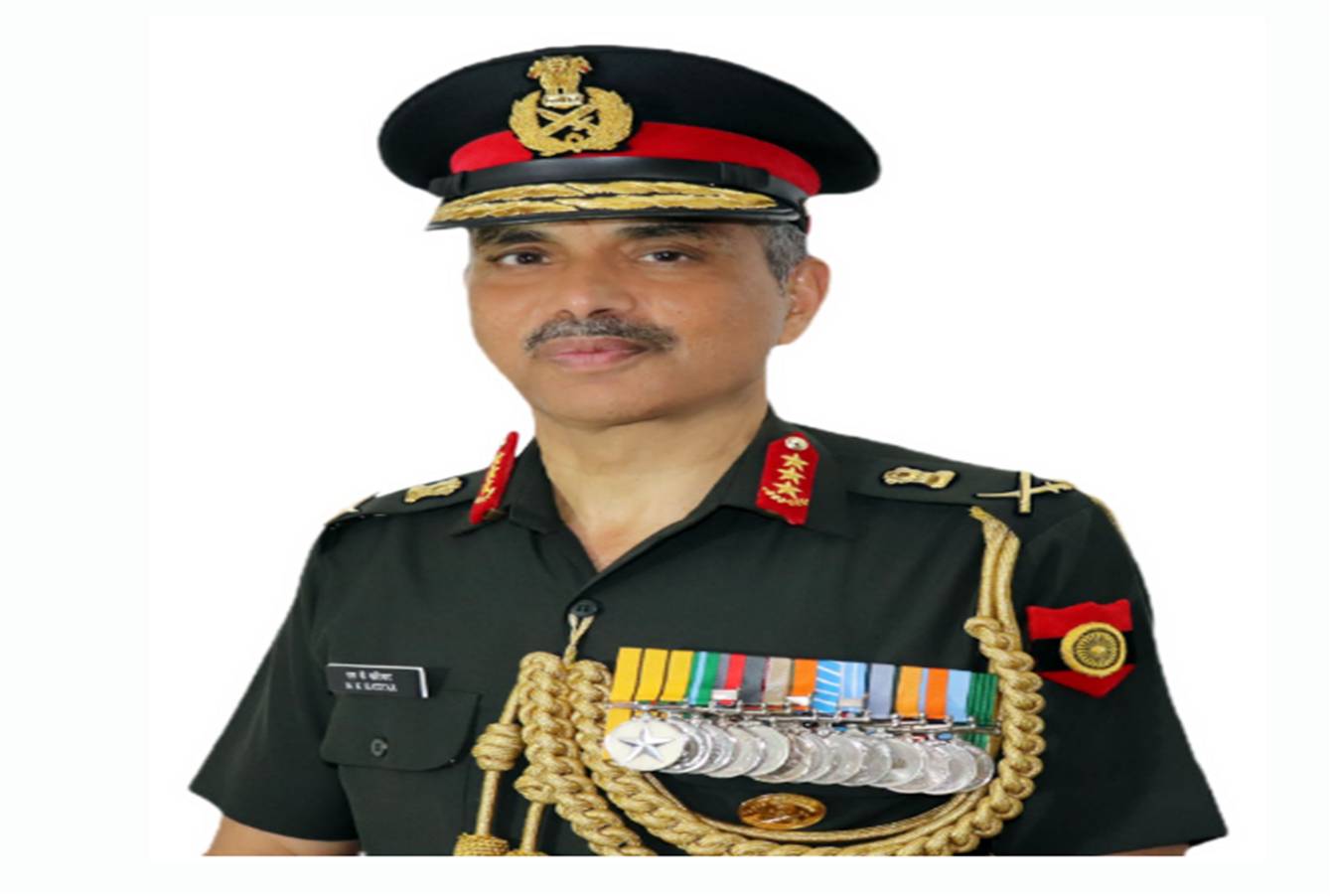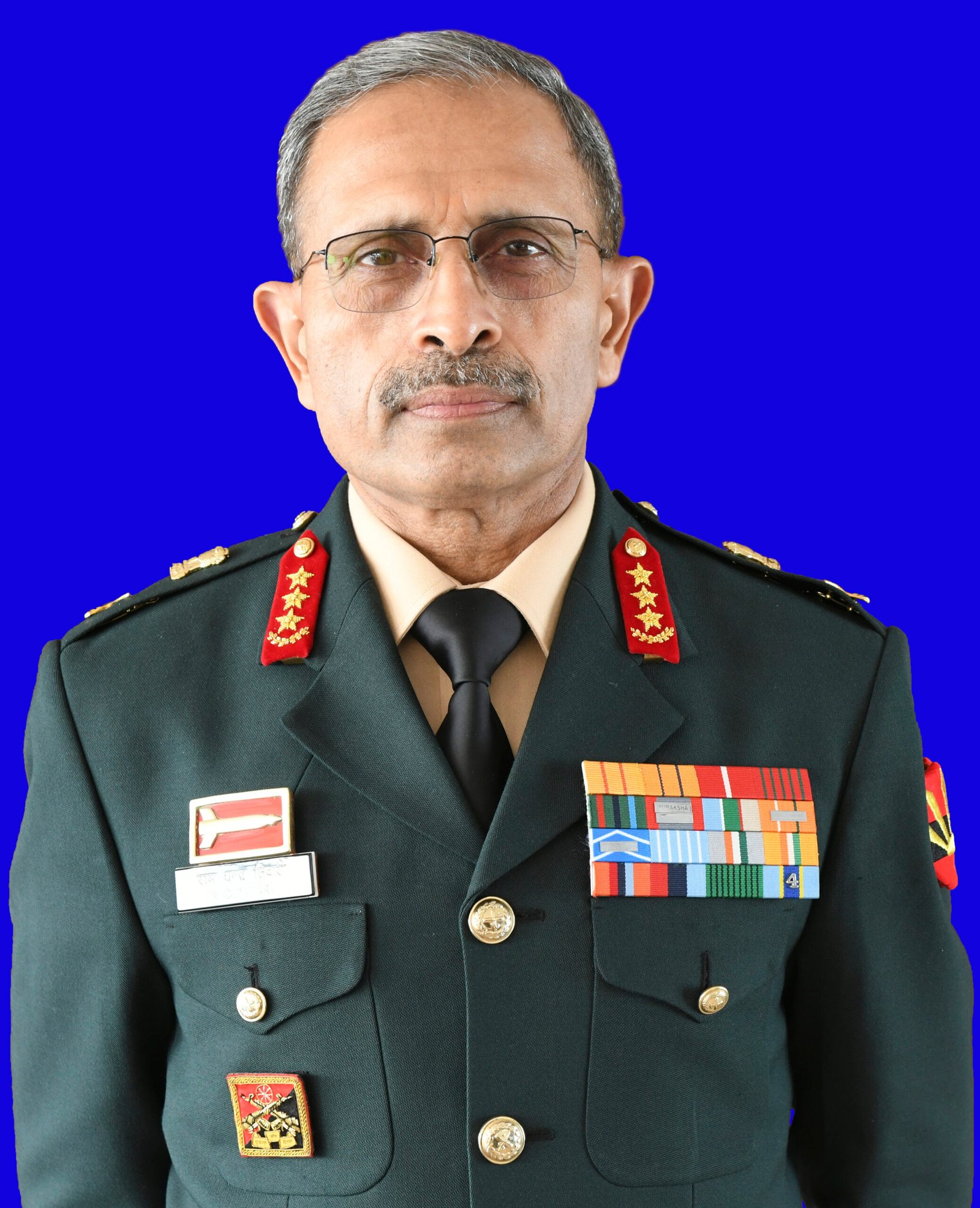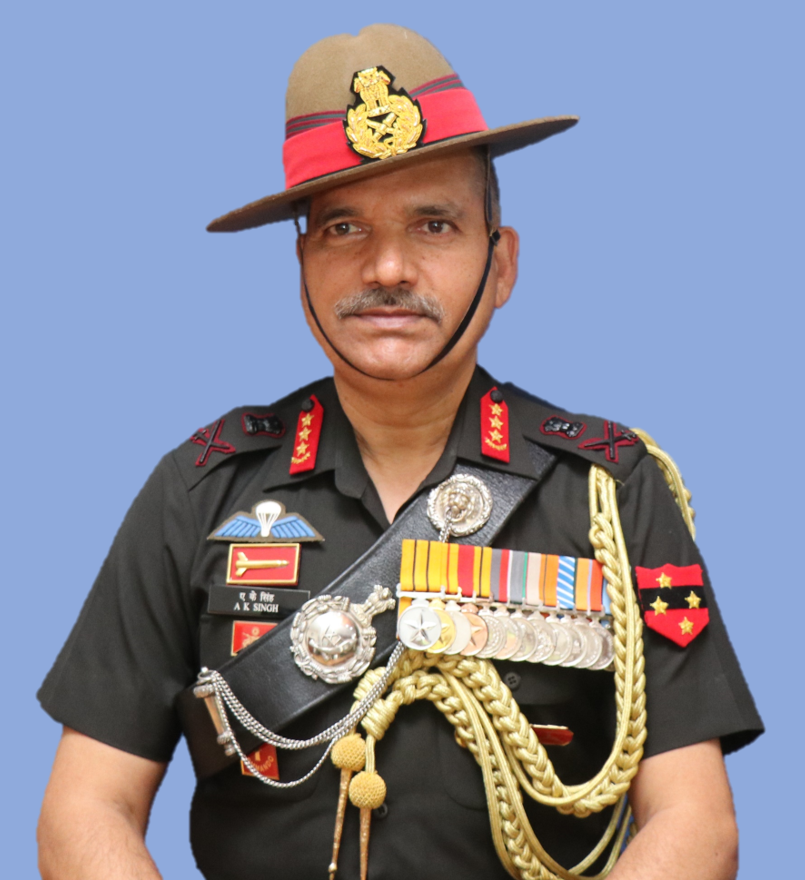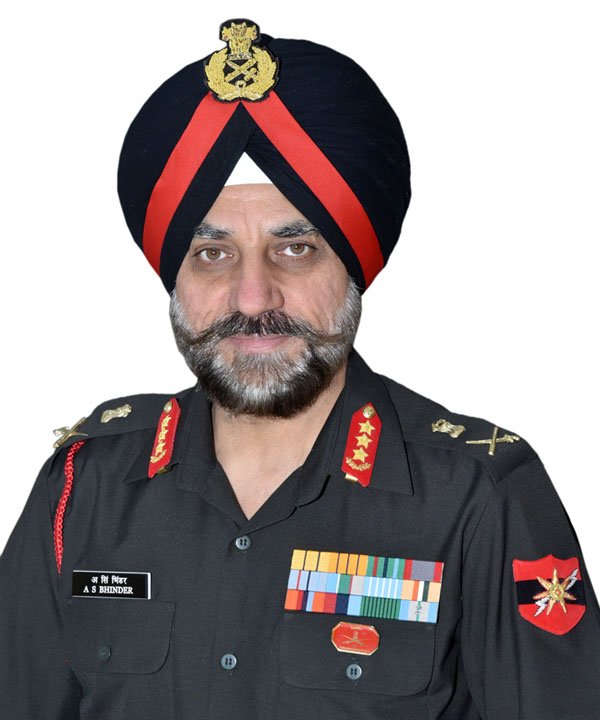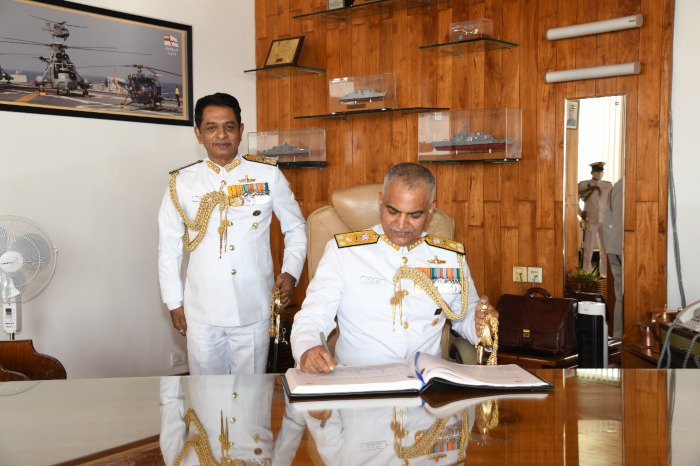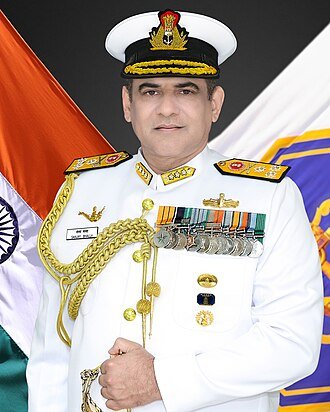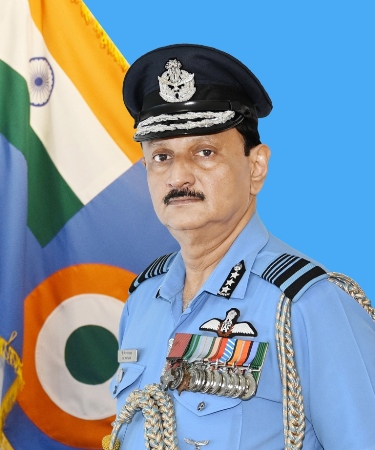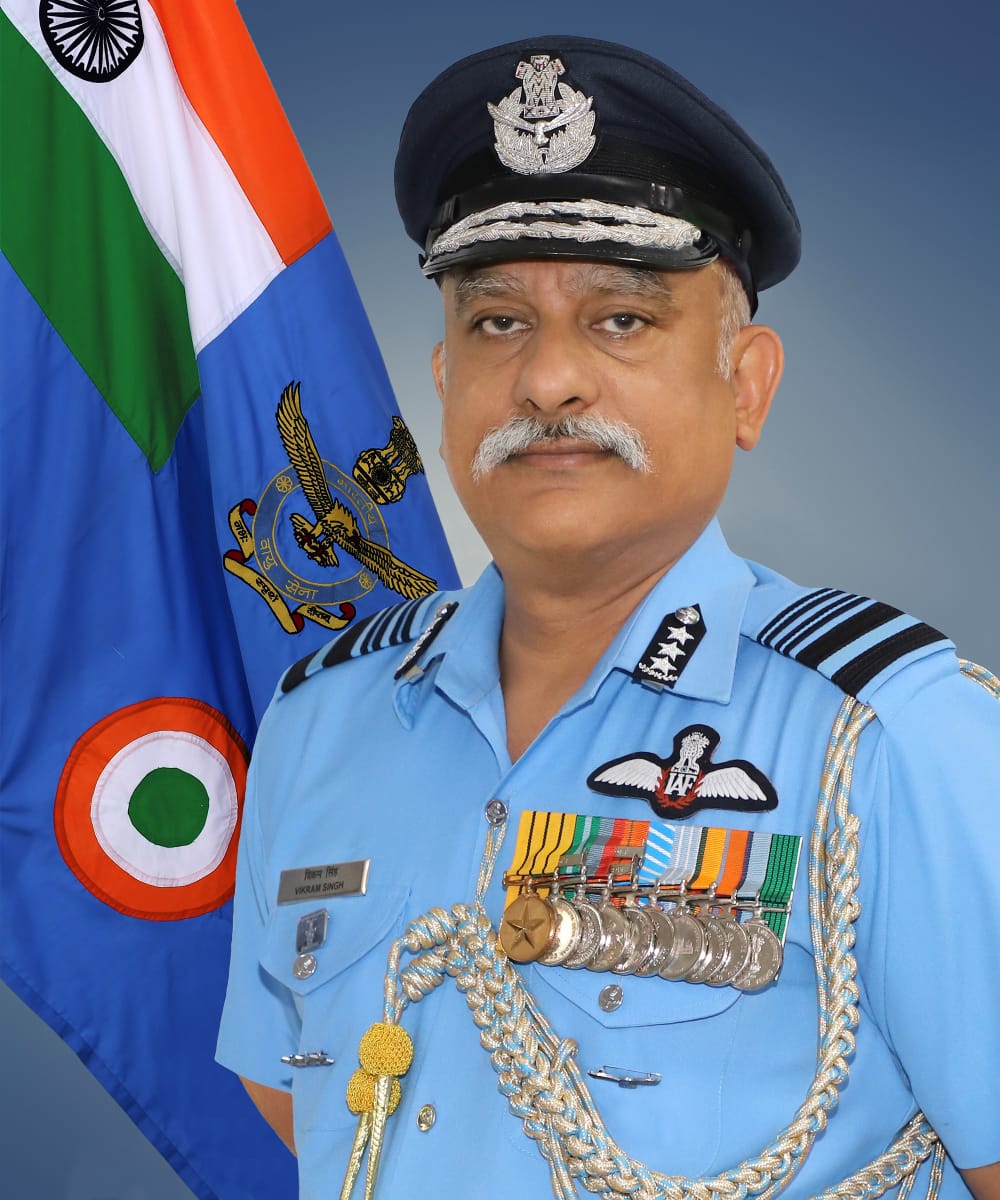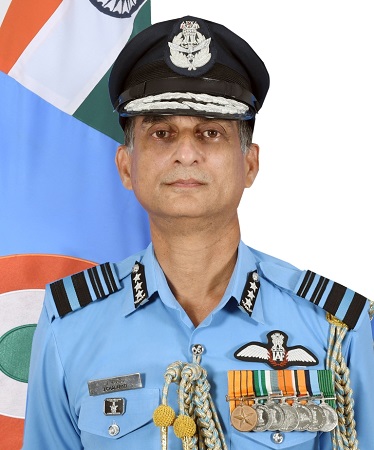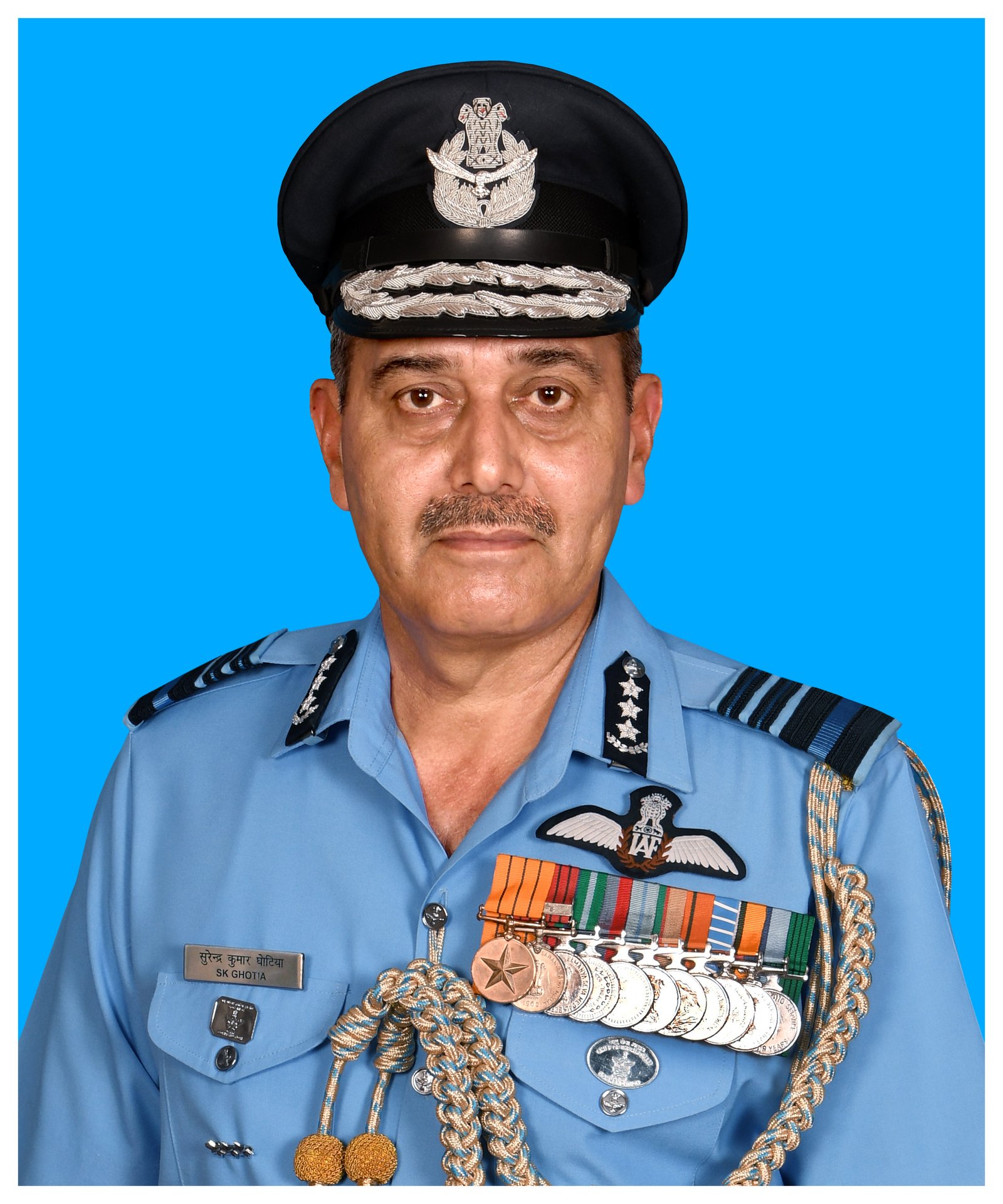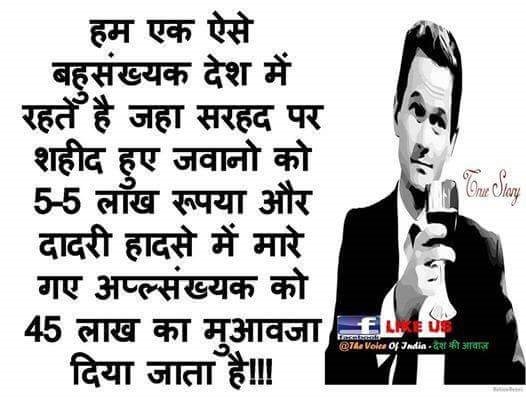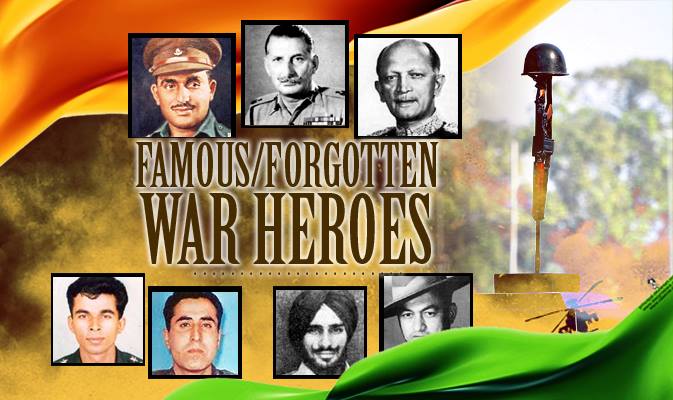BEIJING: It wasn’t exactly sweet 17 in China-India relations despite the strange success of the movie Dangal in China this year.

A day later, far away in Astana, the capital of Kazakhstan, India became a full member of the China-led Shanghai Cooperation Organisation (SCO), an eight -member security bloc, capping years of hard negotiations.
Some 10 days into that, even as India’s flag was raised at the SCO headquarters in Beijing, hundreds of Chinese and Indian border troops lined up against each other near the Sikkim boundary at Doklam, Donglang in Chinese.
They faced off on a territory in Chinese control but claimed by Bhutan and considered strategic by India. The potentially explosive situation was fanned by unusually shrill rhetoric from China.
It took 73 days for the soldiers to untangle themselves from this dramatic “dangal”.
These three events in June, in three different countries, neatly summed up China-India ties for 2017 and perhaps for the years ahead: the potential in trade and business ties, studied efforts by New Delhi and Beijing to put up a synchronised face at multilateral fora, and the open mistrust in bilateral relations.
Ties, no doubt, remain tenuous. The visit of Tibetan spiritual leader Dalai Lama to Arunachal Pradesh in April and China’s decisions to block Pakistan-based terrorist Masood Azhar from being proscribed at the UN and to stall India’s efforts to become a member of the Nuclear Suppliers Group continued to hamper ties.
India’s boycott of the President Xi Jinping-led Belt and Road Forum in May didn’t help matters.
But if the Doklam standoff proved the unpredictability of bilateral ties, equally unpredictably, Chinese spent millions of yuan to watch a family drama unfold in rustic India. It’s fair to say that the success of Aamir Khan’s Dangal and the Doklam standoff were the two extremes of China-India relations in 2017.
But even during the border confrontation, bilateral engagements continued, keeping an aperture open for resolution. The effort in 2018 will be to widen that aperture, hoping incidents at the border do not flare up again.
Modi’s brief meeting with Xi in Hamburg in July during the G20 summit and a more substantive talk at the BRICS summit in Xiamen in September helped ease the tensions that had built up steam over months of intermittent squabbling.
The year ended with the 20th round special representative talks on the border issue, with top diplomats reviewing the state of the relationship and focusing on the importance of maintaining peace along the boundary.
After the military standoff, India and China will focus on re-energising and bringing ties back on track in 2018.
A number of dialogues are scheduled and Prime Minister Narendra Modi is expected to visit the coastal city of Qingdao for the Shanghai Cooperation Organisation summit in June.
Things, in fact, are already looking up: Aamir’s Secret Superstar is coming to multiplexes in China in January.










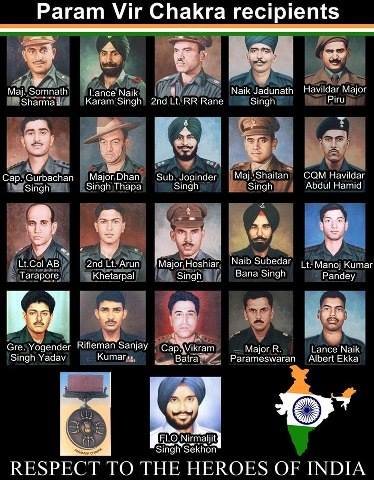





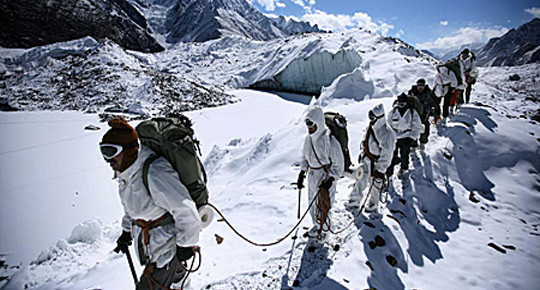
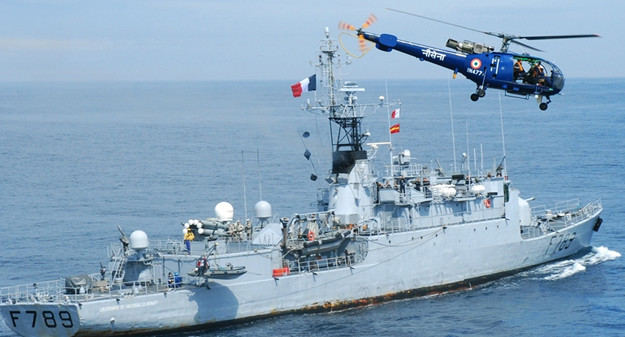
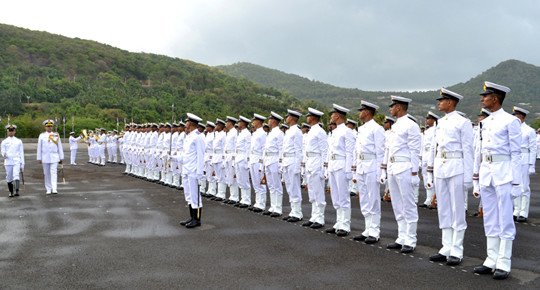

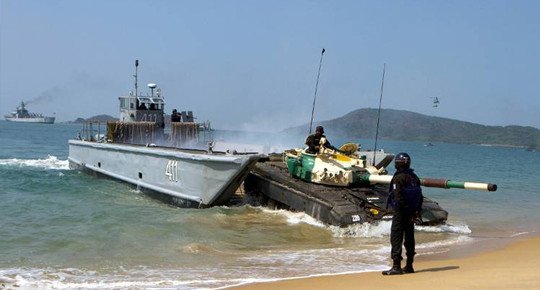

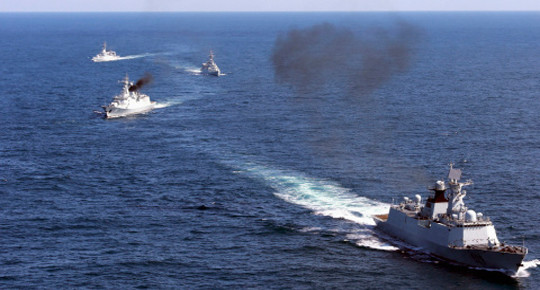
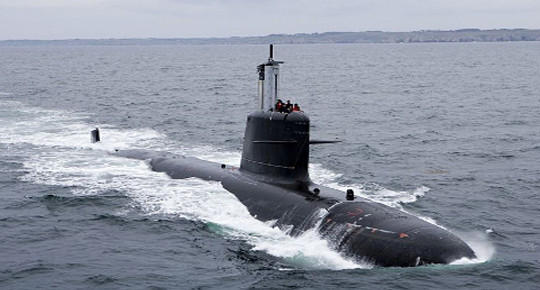

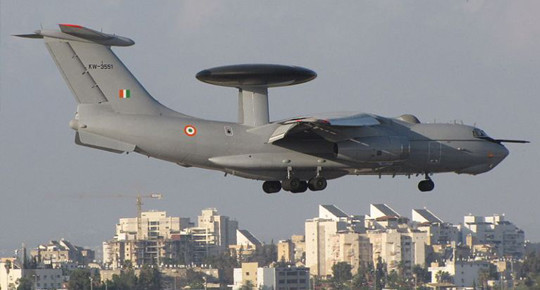
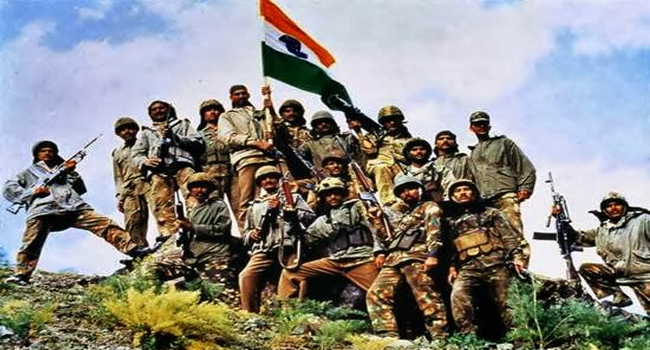

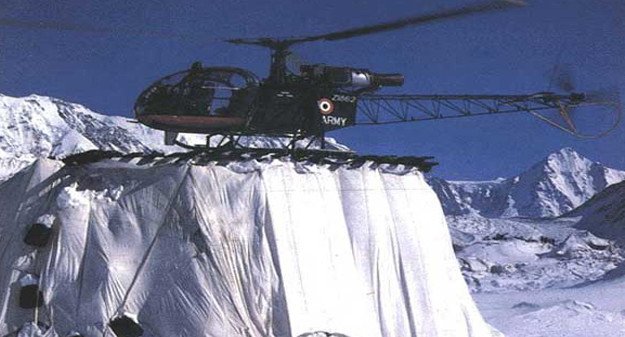
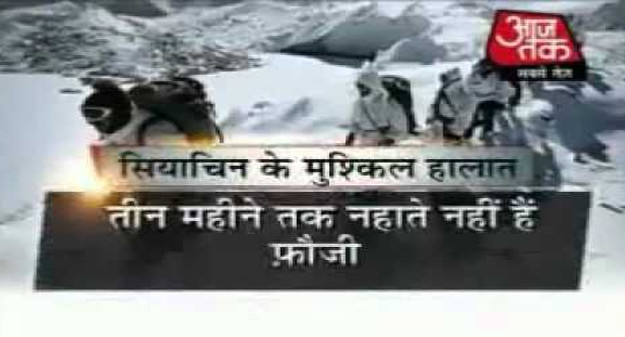

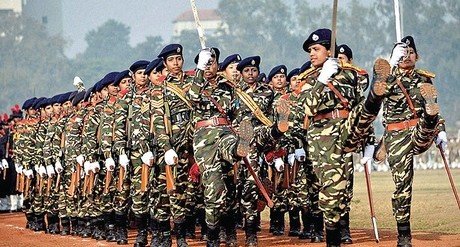

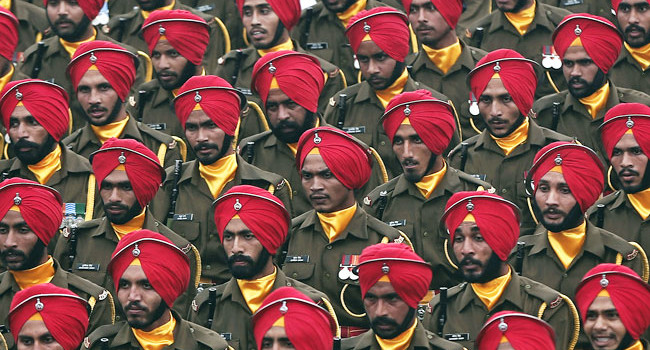
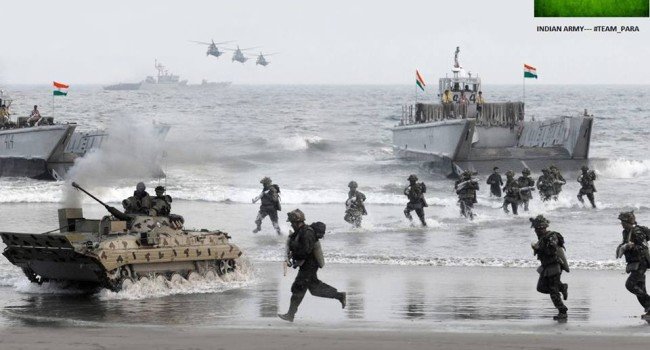



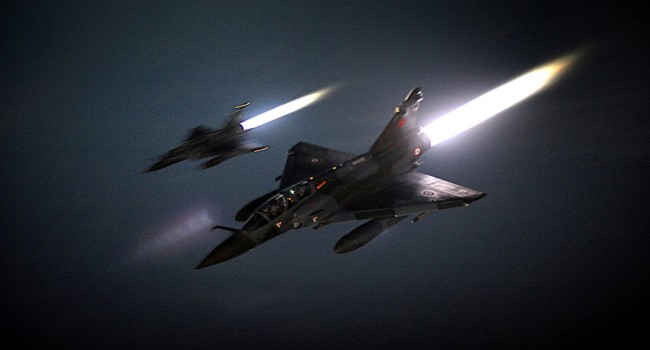
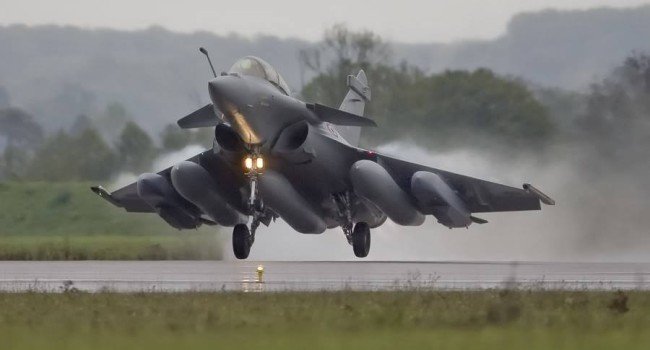

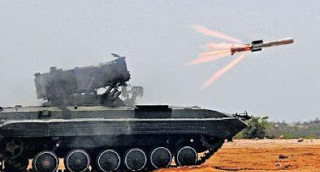
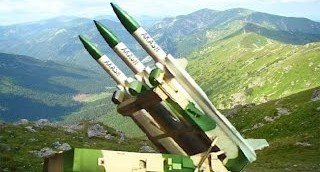
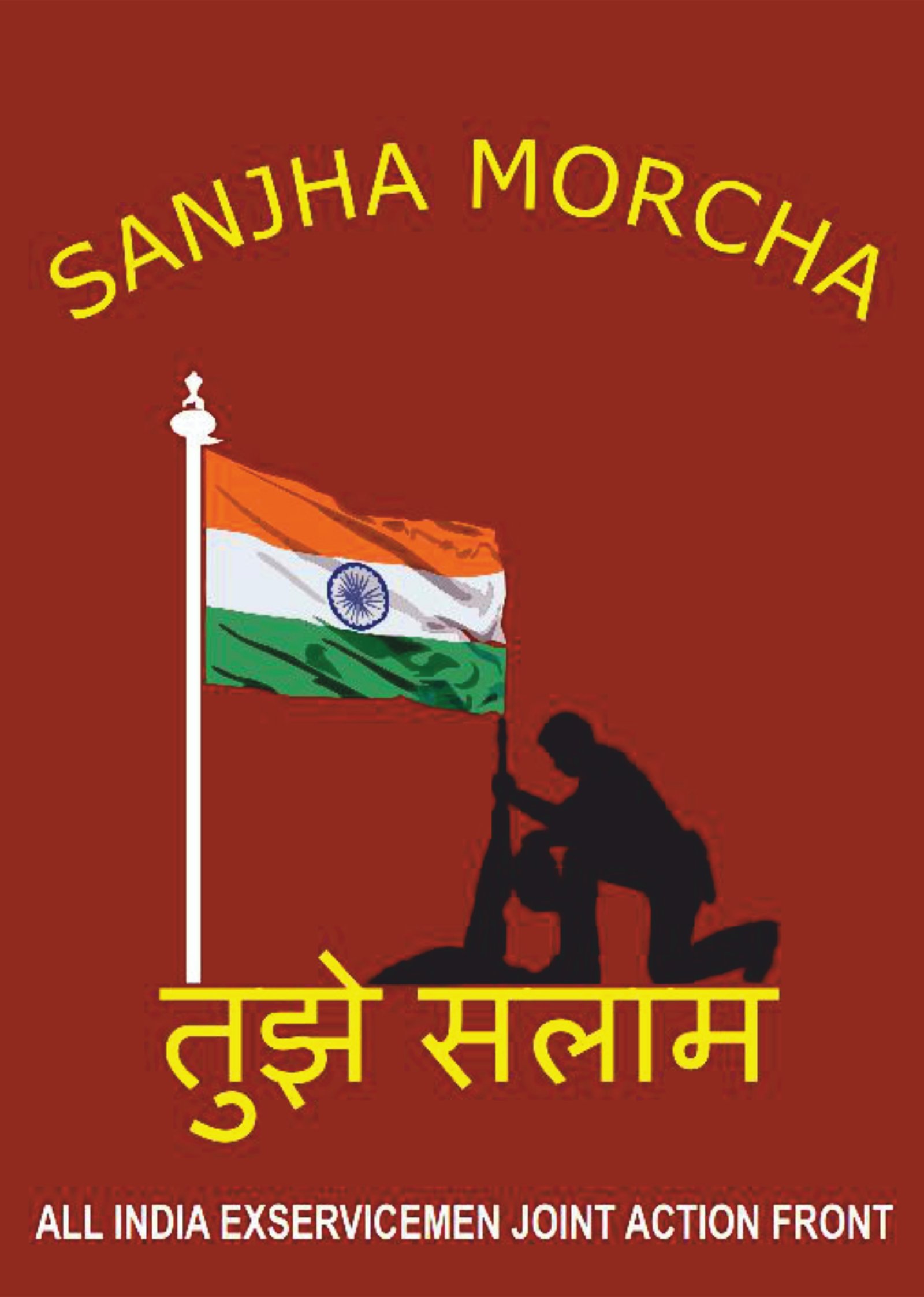

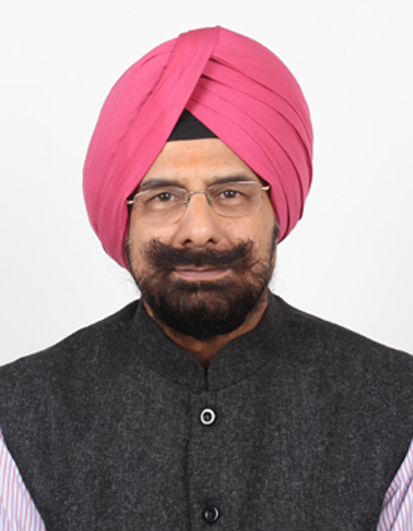


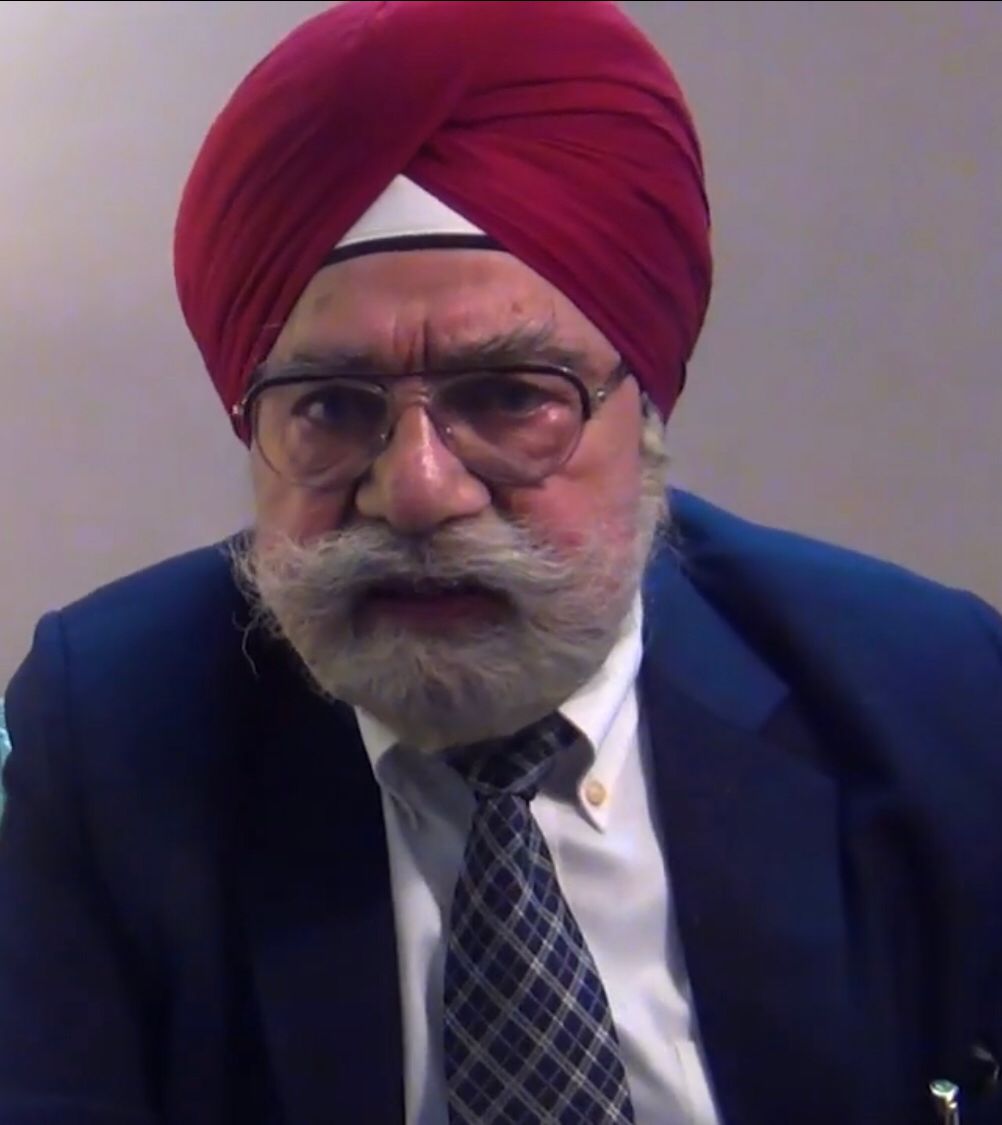

 AFP
AFP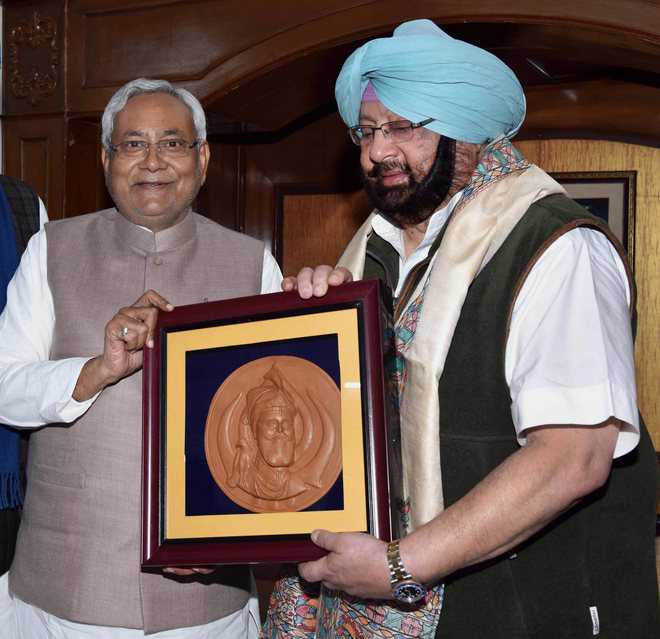

 (Screenshot/aocrecruitment.gov.in)
(Screenshot/aocrecruitment.gov.in)


